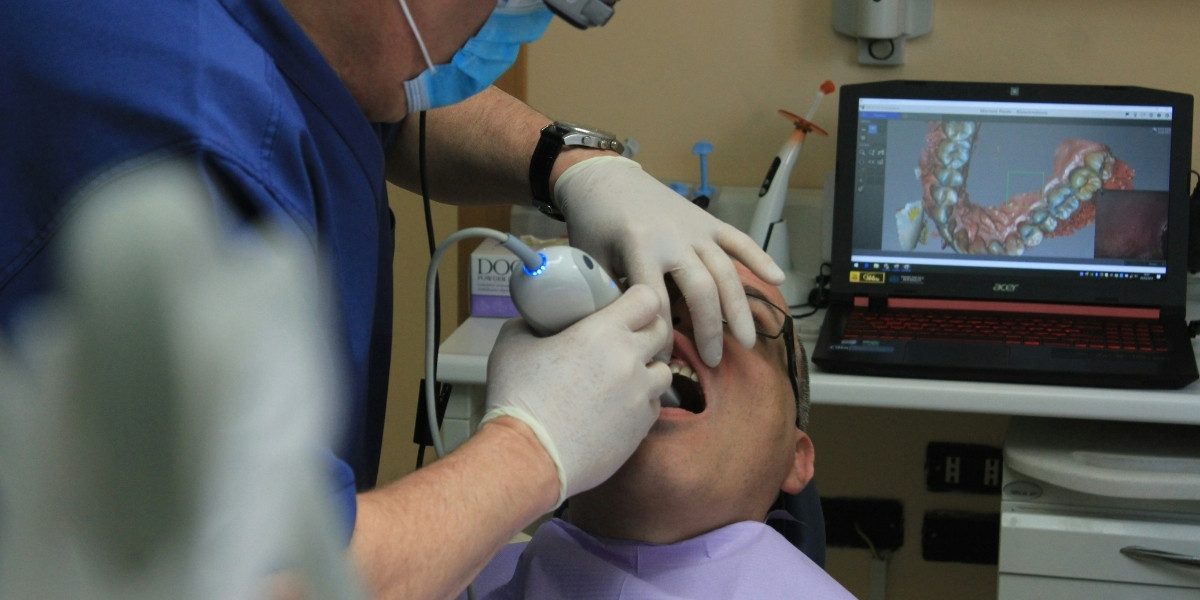When a person experiences a toothache, it can be a sign that something is wrong with the dental pulp, the soft tissue at the center of the tooth that contains nerves, blood vessels, and connective tissue. Depending on the extent of the damage or infection, a dentist may recommend one of two very different procedures: a pulp capping or a root canal. While both treatments aim to alleviate pain and save the tooth, they are used for distinct conditions and represent different approaches to a dental problem. A thorough understanding of the differences between pulp capping and root canal is crucial for anyone facing a decision about their oral health.
Read Also: A Man’s Guide to Elevated Style and Grooming
The choice between these two treatments is not a matter of preference; it is a clinical decision made by a dental professional based on a precise diagnosis. The distinction often comes down to whether the dental pulp is reversibly or irreversibly inflamed. In cases where the damage is minor and the pulp is still healthy, a more conservative approach may be possible. However, when the infection is advanced and the pulp has become irreversibly damaged, a more aggressive procedure is necessary to save the tooth. It is vital to remember that a person should never attempt to self-diagnose and that this article is for informational purposes only. A consultation with a qualified dentist is the only way to determine the correct course of action.
How Does a Dentist Decide Between the Two Procedures?
The decision to perform a pulp capping or a root canal is based on a careful assessment of the tooth’s condition. A pulp capping is a minimally invasive procedure that is considered when a cavity is very deep but the dental pulp is only slightly irritated and has not become infected. In some cases, the pulp may be exposed during the removal of the decayed tooth material, but if the pulp is still healthy and vital, a dentist may try to save it. This procedure is most often performed in cases of reversible pulpitis, where the inflammation is mild and can be reversed by treating the underlying cause, typically by placing a new filling.

Photo Credit: Unsplash.com
Conversely, a root canal is a more extensive and definitive procedure that is necessary when the dental pulp is irreversibly damaged or infected. This condition, known as irreversible pulpitis, is often characterized by a persistent and spontaneous pain that may linger after being exposed to hot or cold temperatures. At this point, the pulp is beyond repair, and the only way to save the tooth is to completely remove all of the infected tissue from the pulp chamber and the root canals. The dentist’s diagnosis, which includes an examination and X-rays, is the only factor that can determine whether a pulp capping vs. root canal is the appropriate choice.
What Are the Procedural Differences?
The procedural steps for a pulp capping and a root canal are vastly different, reflecting their distinct goals. A pulp capping is a much quicker and less invasive treatment. The dentist will first remove the decayed portion of the tooth, getting as close to the pulp as possible without causing irreversible damage. If the pulp is exposed, a special medicated material is applied directly to the site to promote healing and to create a protective barrier. This material, often a special type of cement, encourages the pulp to form a new layer of dentin, a hard tissue that protects the nerve. A permanent filling is then placed over the top to restore the tooth.
A root canal, on the other hand, is a more involved procedure that typically requires more time and can sometimes take more than one appointment. After the patient is numbed, the dentist or an endodontist creates a small opening in the crown of the tooth to access the pulp chamber. Using specialized instruments, they meticulously clean out all of the infected pulp from the chamber and the tiny canals in the roots. The canals are then shaped, disinfected, and filled with a rubber-like material to seal the tooth. The final step is to place a permanent filling or a crown to protect the tooth from future damage. This extensive process is the main reason why a pulp capping and root canal is not an equal comparison in terms of invasiveness or time.
How Do Success Rates and Prognosis Compare?
When evaluating pulp capping and root canal, the long-term success rates are a critical factor to consider. A root canal, when performed correctly, has a very high success rate. The procedure is considered the gold standard for treating an irreversibly infected tooth, as it completely removes the source of the problem and allows the tooth to remain functional for many years, often for a lifetime. However, the success of a root canal depends on a number of factors, including the skill of the professional, the complete removal of the infection, and the proper restoration of the tooth with a filling or a crown.

Photo Credit: Unsplash.com
The success rate of a pulp capping is less certain and can vary widely depending on the extent of the initial damage and the material used. Because the goal is to preserve the pulp, there is always a risk that the inflammation will not go away and that the infection will continue to progress. In these cases, the pulp capping may fail, and the patient will ultimately need a root canal anyway. For this reason, a dentist will only recommend a pulp capping when they are confident that the pulp is still vital and can be saved. While it is a less invasive option, the possibility of a future root canal is something a person should be aware of.
What About Cost and Recovery Time?
In terms of cost and recovery time, the difference between pulp capping and root canal is quite significant. A pulp capping is a simpler procedure that requires less time and fewer materials, making it a much more affordable option. A person can also expect a faster recovery, with minimal discomfort and a quick return to their normal routine. Since the pulp is not entirely removed, the tooth is less likely to become brittle over time, and it may not require a full crown, which is an additional cost.
Read Also: How to Stay Active: Tips for Fitness and Wellness
A root canal, due to its complexity and the expertise required, is a more expensive treatment. The cost can also increase if a specialist is needed. The recovery time is also longer, and a person may experience some soreness for a few days after the procedure. Because a tooth that has had a root canal is no longer “alive,” it can become more brittle and is often protected with a crown to prevent it from fracturing. While the initial cost of a root canal is higher, it is an investment in the long-term health of the tooth, and it is a necessary procedure when the pulp is no longer salvageable.





